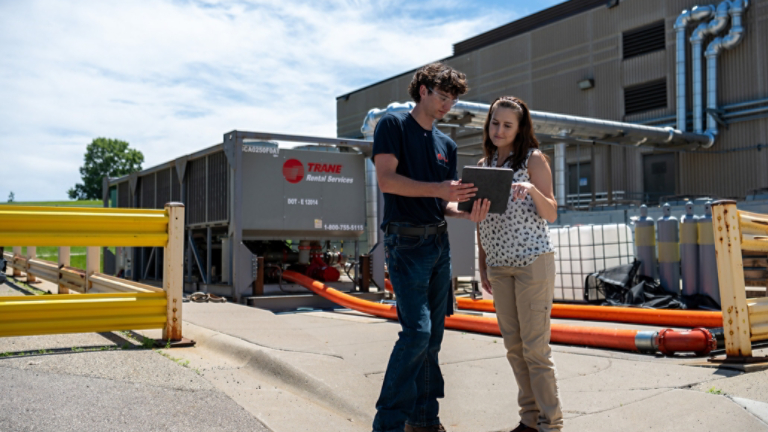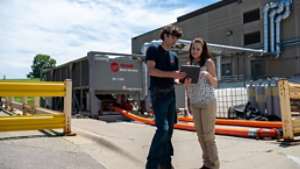The Birth of the Mechanical Service Industry
In the early days of HVAC equipment manufacturing and installation, it quickly became evident that customers would need assistance in maintaining their newly acquired systems. Imagine being a customer who has just invested in a critical piece of mechanical equipment, essential for the operation of your building or process, and costing more than your house. Naturally, you would be concerned about extending the life of this equipment and would turn to your trusted advisor—either the manufacturer or the equipment installer—for help. This scenario laid the foundation for the mechanical service industry, driven by customers' needs for reliability, the lowest total cost of ownership, and extended equipment lifespans.
For the past 50-60 years, the delivery of mechanical services has remained relatively unchanged. Service providers developed maintenance schedules, conditioning customers to expect a technician on-site once a quarter or perhaps once a month to "check on" the machine and perform necessary maintenance activities. Over time, customers have come to equate the value of a preventative maintenance service agreement with the technician's time spent on-site. Technicians, with their expertise and heroic abilities during emergency repairs, have become the most trusted resource for customers. This model has allowed service providers to build large, profitable businesses with high contract retention rates, creating a comfortable status quo with little impetus for change.
Market Evolution and Emerging Challenges
However, the market is evolving. The average age of building portfolios continues to rise, while the supply of qualified technicians is decreasing, even as the demand for their services increases. Customer expectations are also growing, influenced by their experiences as consumers in their personal lives, which they now compare to their interactions with service providers. Technological advancements, from remote connectivity to cloud computing and advanced analytics, have inundated customers with data while leaving them starved for actionable insights. These advancements are also reshaping what is possible from a service delivery model perspective.
A Connected Approach: The Future of Mechanical Service
The future of mechanical service lies in a connected approach. At Trane, we leverage operating data from the equipment and process it through advanced analytics. This allows us to automatically compare actual performance to expected behavior across the entire factory-specified operating curve. Automated anomaly detection enables our technicians to quickly identify potential issues and delve deeper into days, weeks, or months of data for a particular piece of equipment or subsystem to diagnose root causes and recommend actions. In most cases, this can be done before the customer is even aware of an issue, and before we dispatch a technician.
Now, instead of visiting the site because the calendar dictates it, we go on-site because the machine indicates a need. Instead of reacting to emergencies, we can prevent them and schedule shutdowns for necessary repairs. We arrive at the customer site with the right parts, reducing multiple trips and wasted time. Customers now value timely insights, just-in-time interventions, and faster issue resolution that our connected approach provides, rather than merely equating value with the technician's time on-site.
In conclusion, the mechanical service industry is undergoing a significant transformation. By embracing a connected approach, we can meet the evolving needs of our customers, providing them with enhanced reliability, reduced costs, and extended equipment lifespans. This shift not only benefits customers but also positions service providers to thrive in a changing market landscape.







































































































